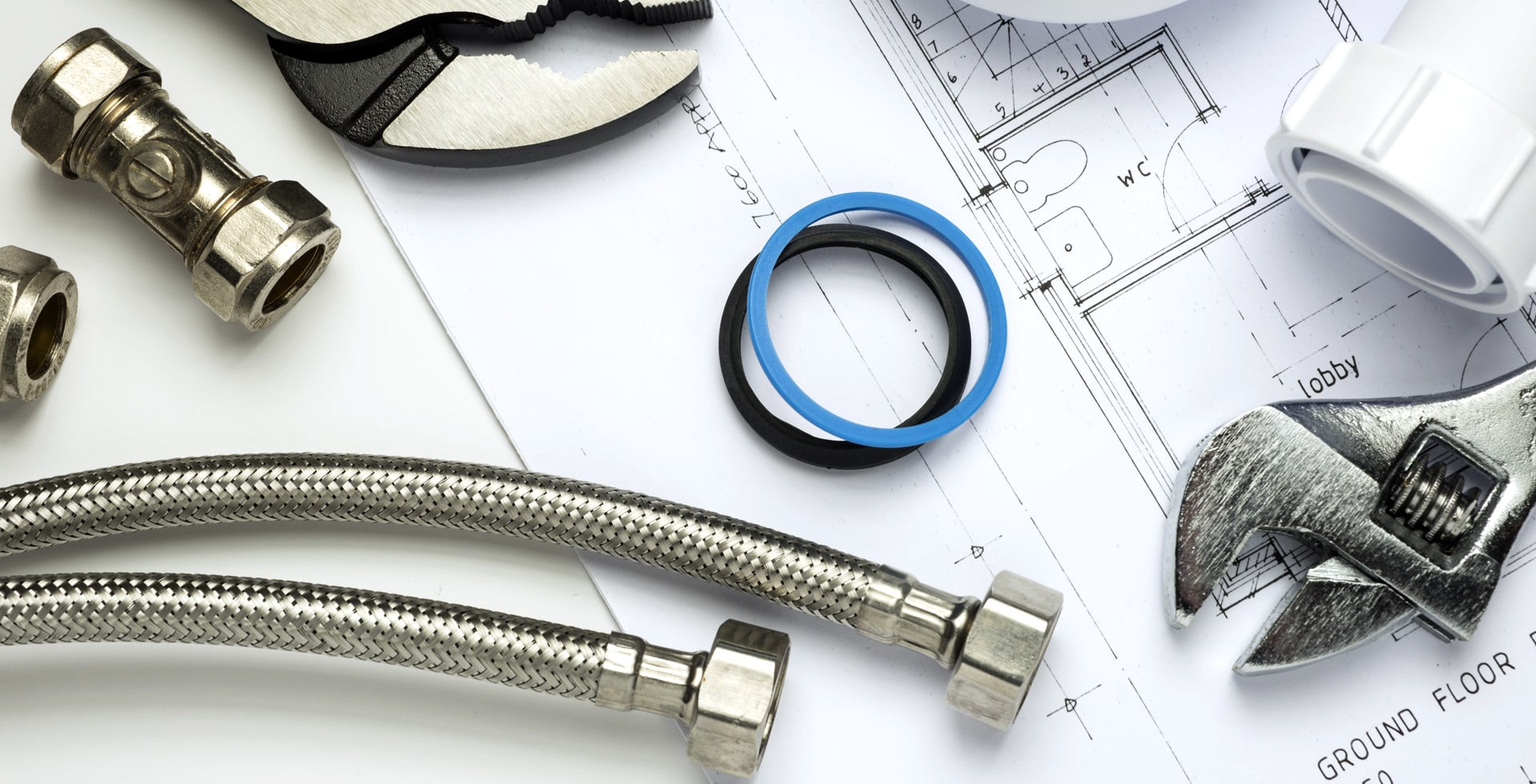“`html
How to Handle Flooring Repairs With a Contractor
Flooring repairs can be a daunting task for homeowners. Whether it’s due to water damage, wear and tear, or other issues, it’s crucial to approach the situation with care and knowledge. Working with a contractor can simplify the process, but understanding how to effectively manage the repair project is essential. This blog post outlines the steps to take when handling flooring repairs with a contractor.
Understanding the Need for Repairs
The first step in managing flooring repairs is to recognize the signs that repair work is necessary. Common indications include:
- Cracks or chips in the flooring material
- Water stains or discoloration
- Loose or buckling tiles
- Lumps or uneven surfaces
- Unpleasant odors emanating from the flooring
Identifying these issues early can prevent further damage and higher costs in the long run.
Choosing the Right Contractor
Once you’ve established the need for repairs, selecting the right contractor becomes the next crucial step. Consider the following tips:
- Research: Look for contractors with good reviews and ratings online. Websites like Yelp and Angie’s List can provide insight into others’ experiences.
- Experience: Choose a contractor with specific experience in flooring repairs rather than general remodeling work.
- License and Insurance: Confirm that the contractor is licensed and insured to protect yourself from liabilities.
- Ask for References: Don’t hesitate to request references or examples of past work to gauge their quality.
- Get Multiple Quotes: Obtain at least three quotes to compare pricing and services.
Communicating Your Needs
Effective communication with your chosen contractor is paramount during the flooring repair process. Here’s how to ensure your needs are met:
- Be Specific: Clearly outline what you want repaired, including materials and expected outcomes.
- Establish Timeline: Discuss the timeline for the project and any potential delays that may arise.
- Set a Budget: Communicate your budget constraints and financial expectations upfront.
- Update Requests: Don’t hesitate to request updates on the progress, especially if the project extends over several days.
Preparing for the Repair
Prior to the repair work starting, it’s essential to prepare your home. Consider the following:
- Clear the Area: Remove furniture, rugs, and other items from the workspace to create a safe and accessible environment.
- Plan for Disruptions: Understand that there may be noise, dust, and other disruptions, so prepare accordingly.
- Stay Accessible: Ensure you are available to answer questions or make decisions during the repair process.
During the Repair Process
As the contractor begins work, maintaining open lines of communication is essential. Here are some tips to keep in mind:
- Check-in Regularly: Schedule check-ins to evaluate the progress and discuss any challenges that may arise.
- Document Everything: Keep records of all communications, agreements, and changes made during the project.
- Be Flexible: Be prepared for unforeseen issues that may require adjustments in plans or budgets.
Inspecting the Completed Work
Once the repair work is completed, it’s crucial to inspect the results carefully. Follow these steps:
- Visual Inspection: Look for any visible flaws or areas that may have been overlooked.
- Functionality Test: Ensure that the flooring performs as expected. Walk on it to check for stability and noise.
- Address Concerns Promptly: If you notice any issues, address them with the contractor before they leave the job site.
Maintaining Your New Flooring
After successfully completing the repairs, proper maintenance plays a crucial role in prolonging the life of your flooring. Consider these maintenance tips:
- Regular Cleaning: Keep your floors clean by sweeping or vacuuming regularly to remove debris.
- Immediate Repairs: Address any new damages quickly to prevent them from worsening.
- Follow Manufacturer Guidelines: Adhere to any specific cleaning and maintenance guidelines provided by the flooring material’s manufacturer.
Conclusion
Handling flooring repairs with a contractor doesn’t have to be overwhelming. By understanding the need for repairs, selecting the right contractor, communicating effectively, and preparing your home, you can ensure a smooth and successful repair process. Remember to inspect the completed work thoroughly and maintain your flooring for long-lasting results. By following these steps, you can enjoy beautifully repaired floors that enhance the aesthetic and functionality of your home.
“`

